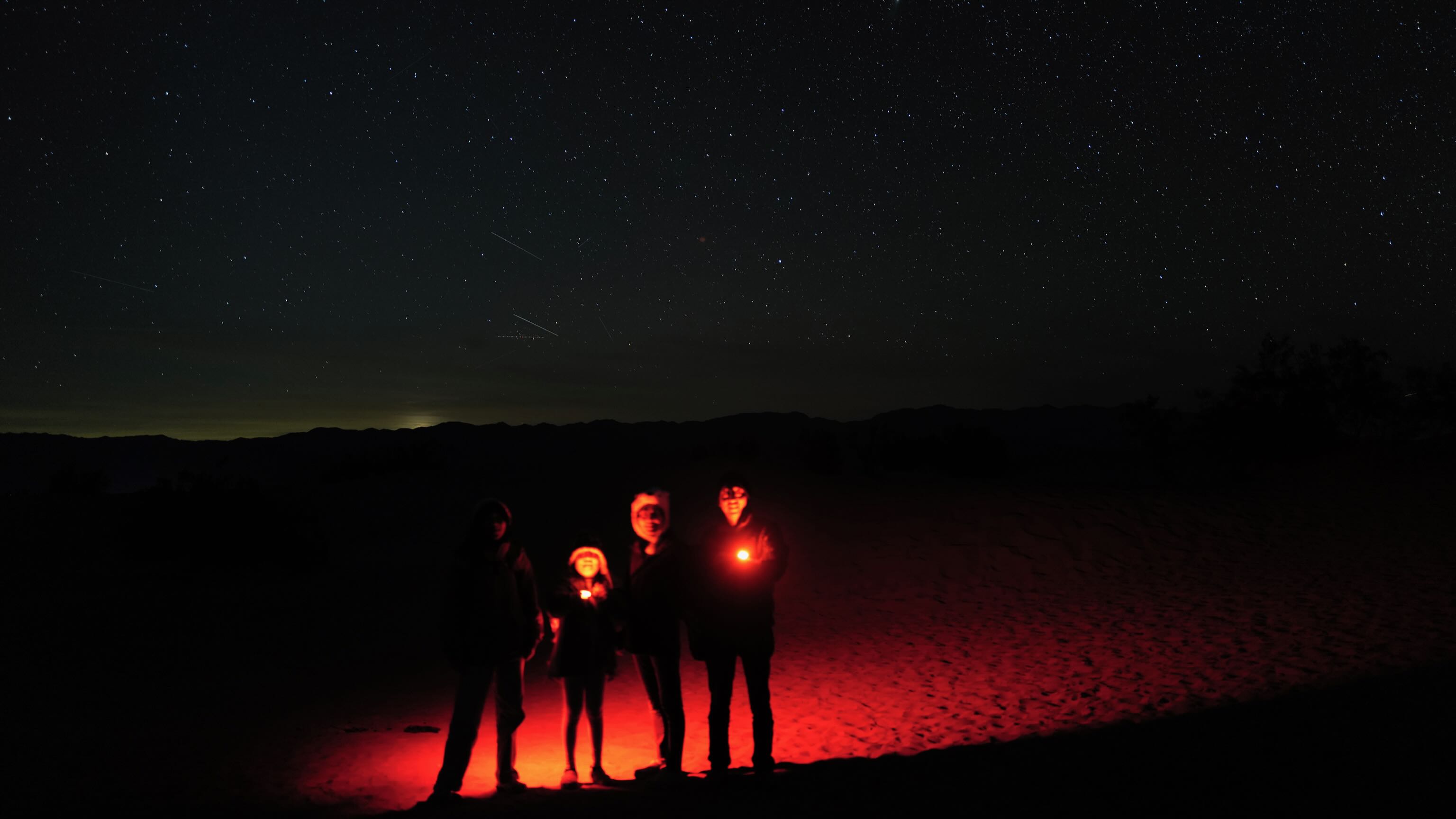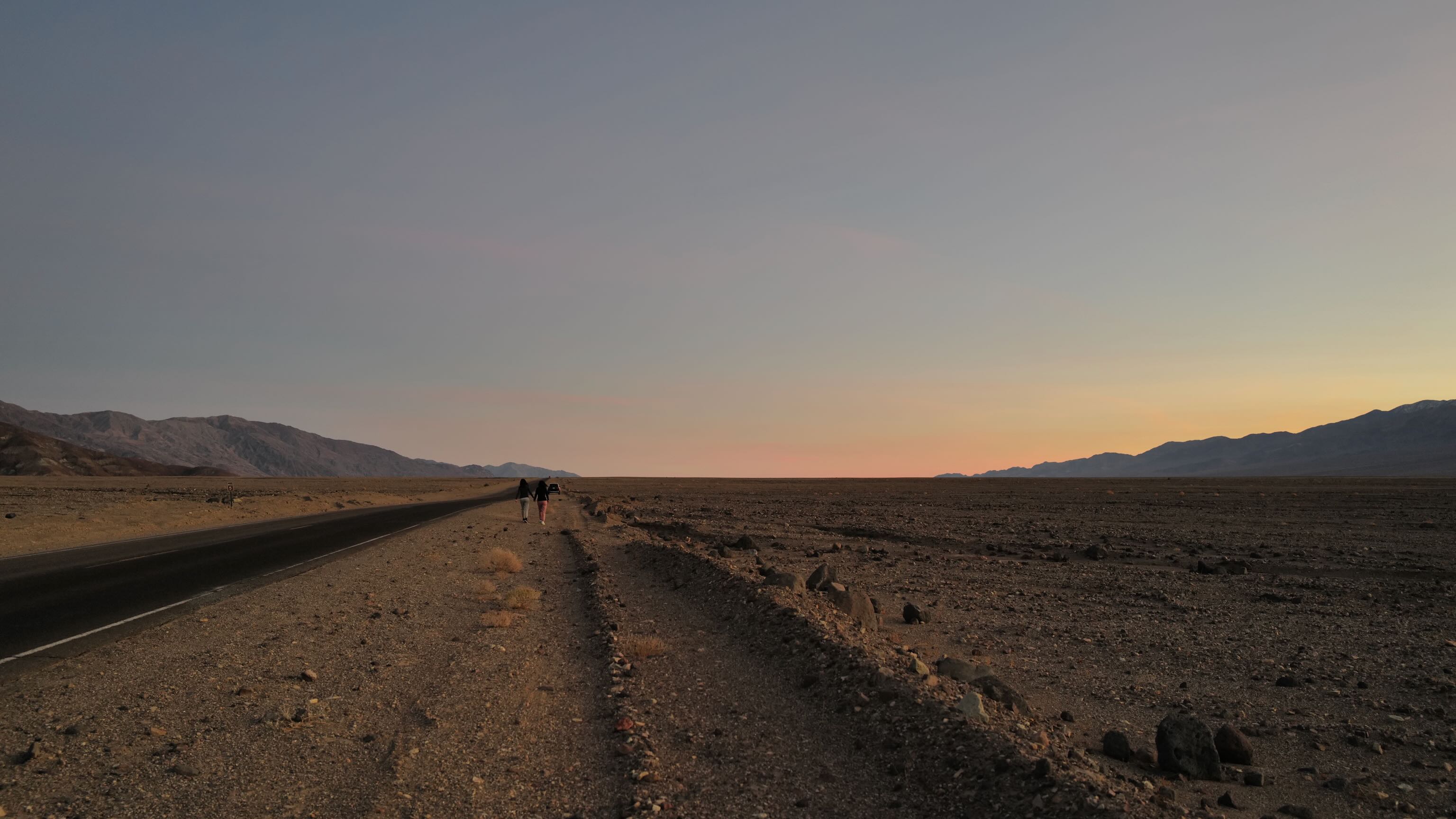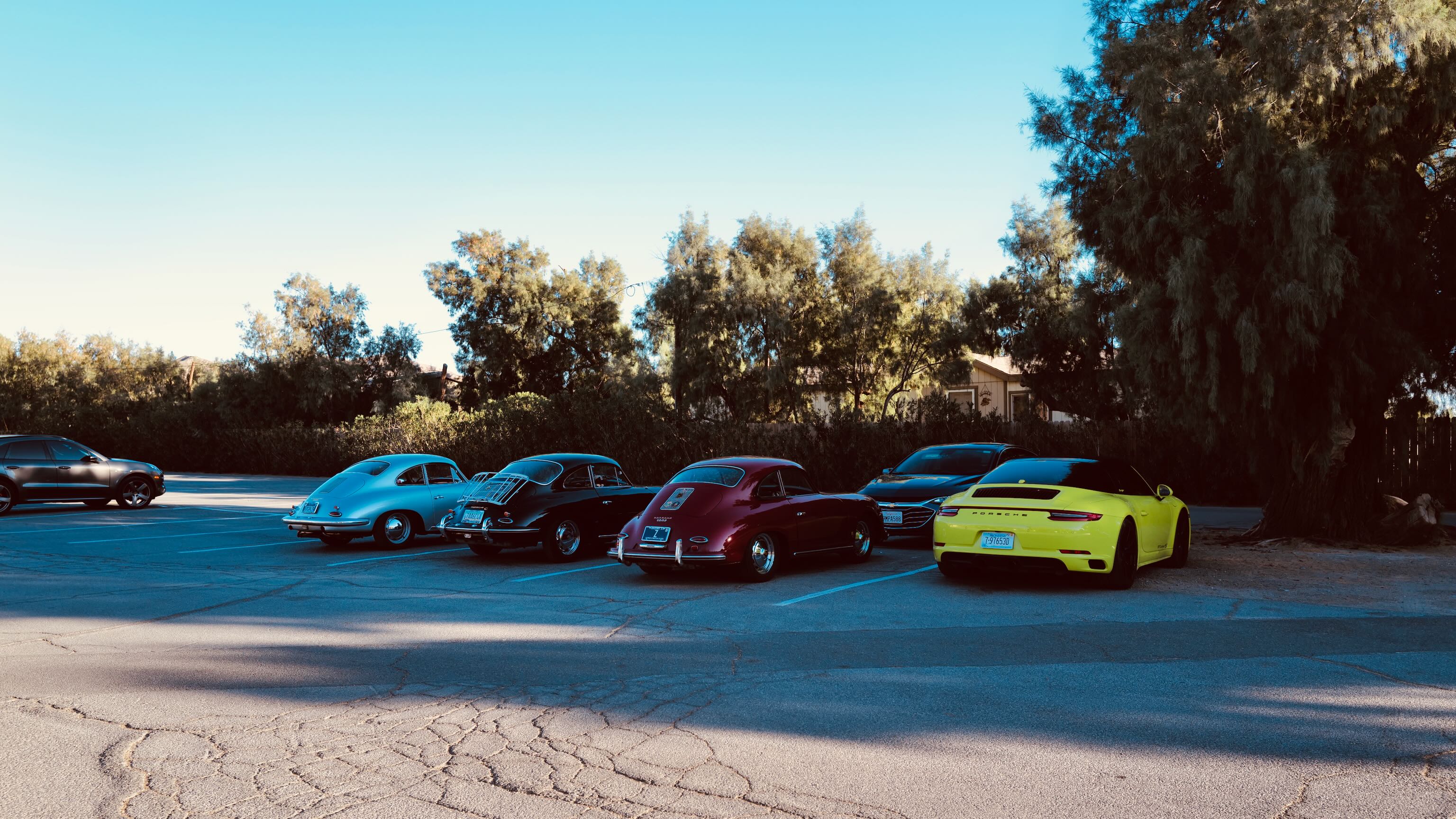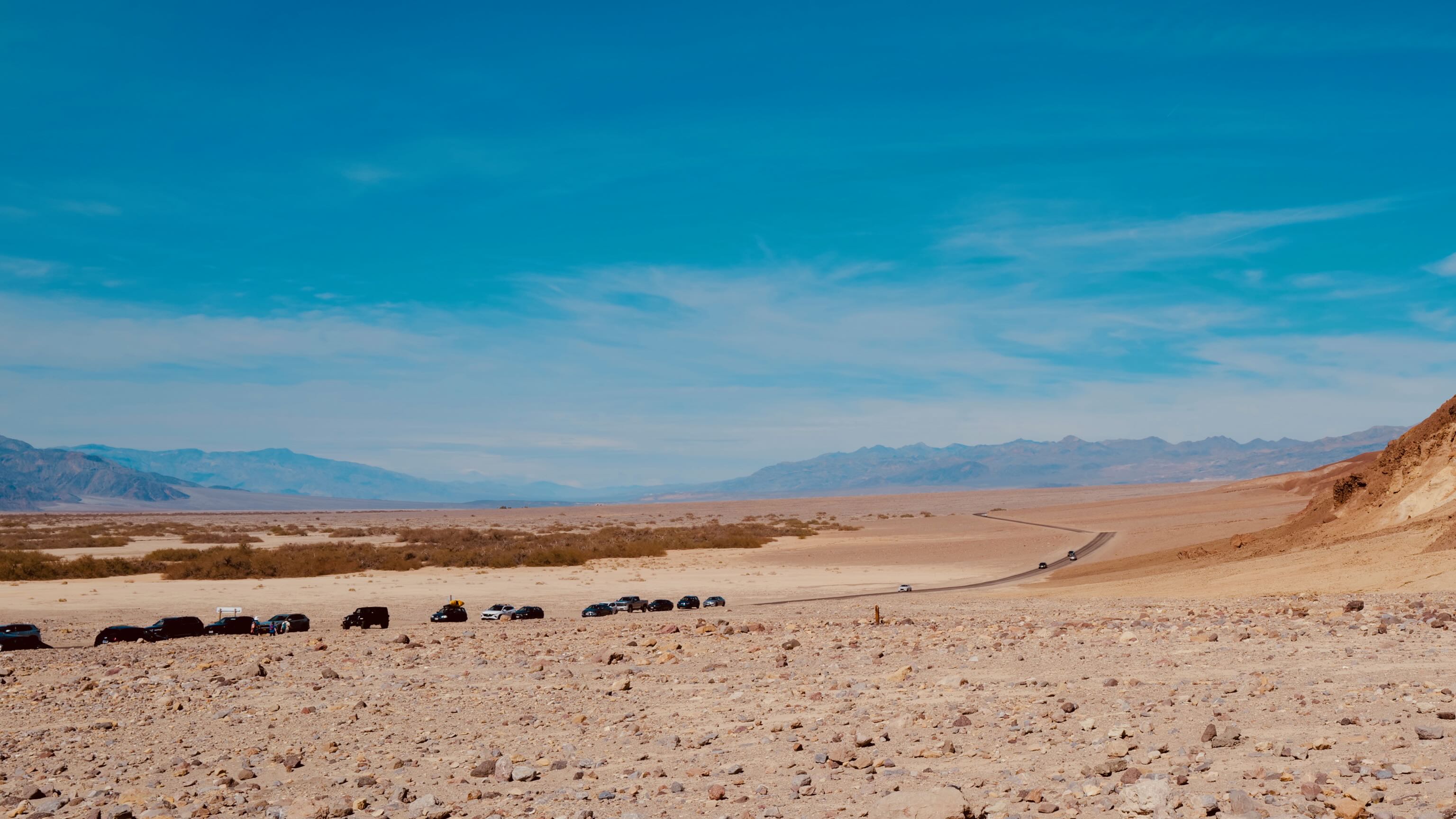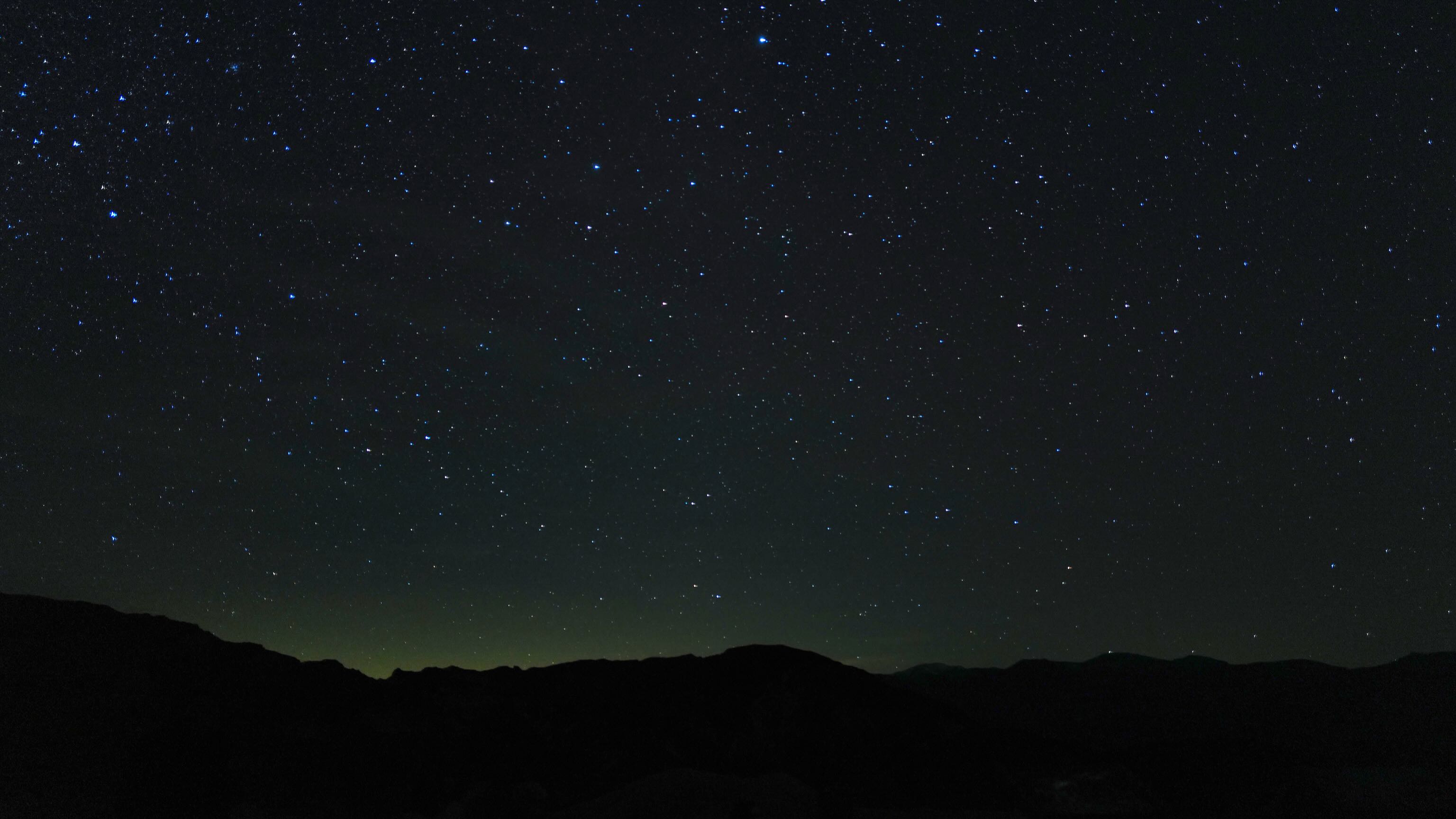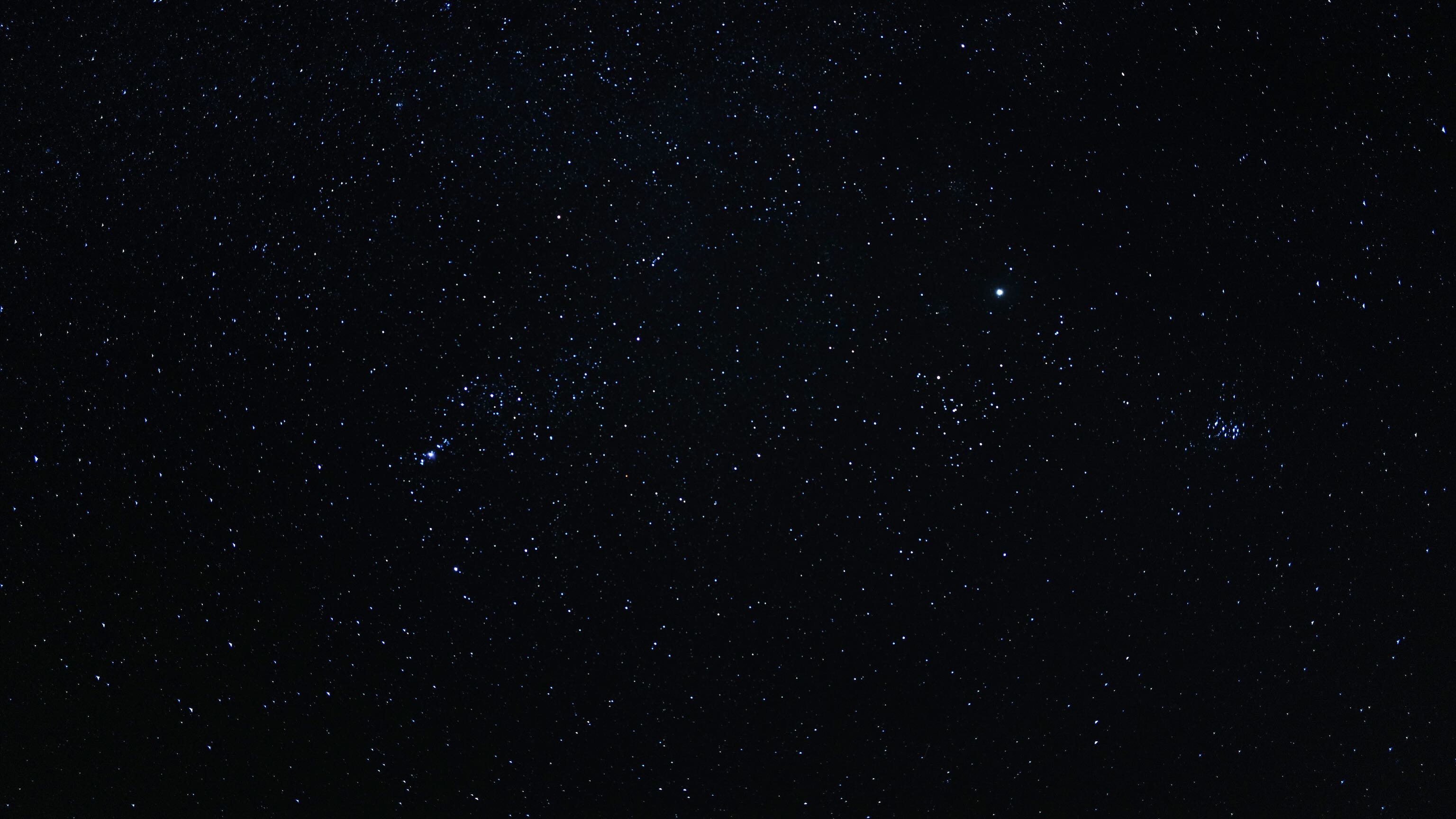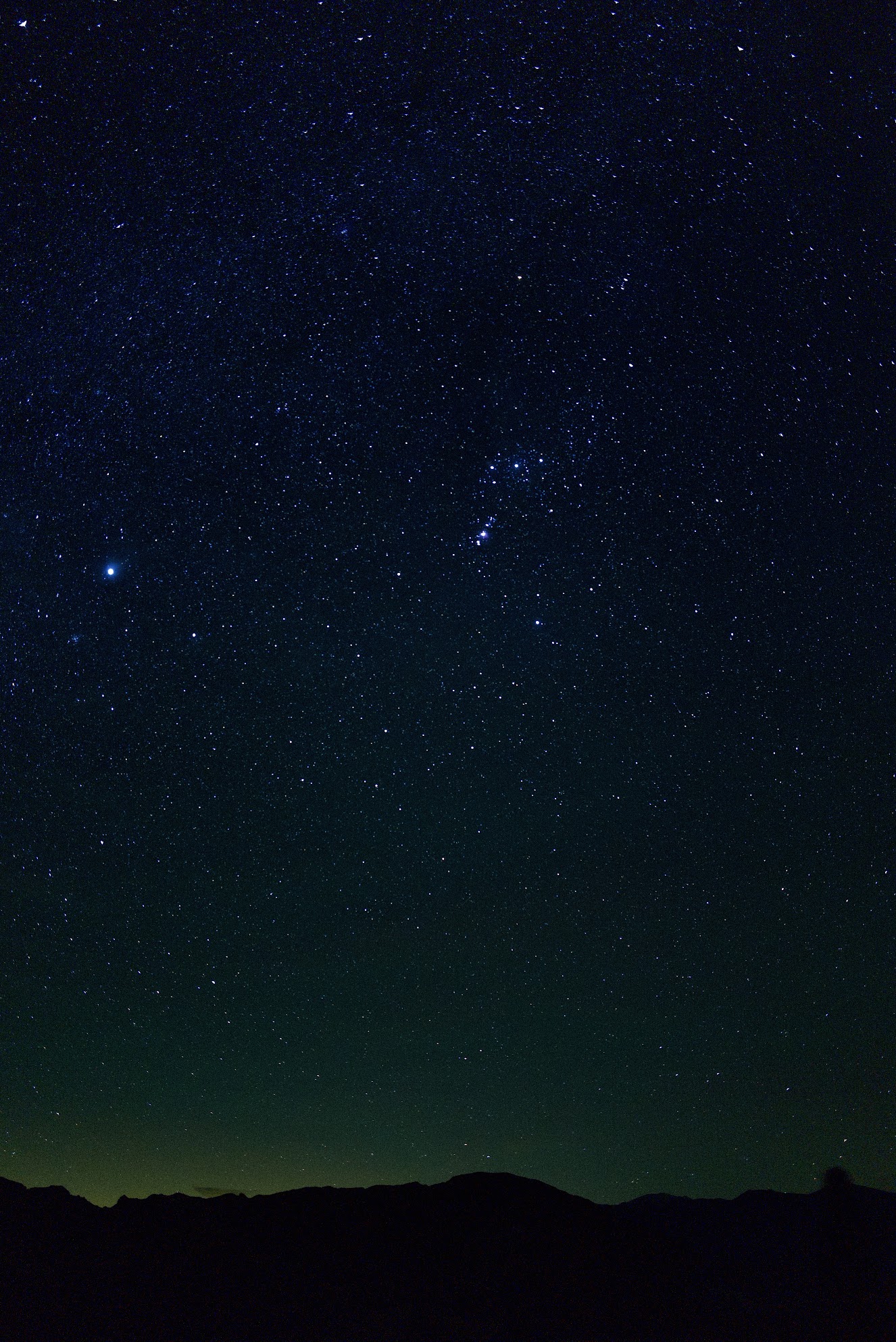Astrophotography
We attended this year’s Dark Sky Festival, in Death Valley. It was an exciting event, with invited talks from NASA labs like JPL and Ames Research Center and amateur enthusiasts offering sky gazing with their telescopes set up nearby. Those were some impressive gears, and we were able to see some nebulae in Orion! The talks spanned topics from how to take astro-photos to the evolution of the universe (heat death). I also had a refresher course on the latest knowledge from the field, and it’s pretty different from when I was a kid. By now, we have discovered many planets and, as a matter of fact, estimated that every star would have some planets orbiting, on average. We have also detected complex molecules like amino acids in meteorites, which was a shock to me. It seems to indicate that even in the harsh conditions of space, more complex molecules can form and stay, which seems to suggest that carbon-based biochemistries (and life forms) are more pervasive in this universe than not.
Anyway, back to taking dark-sky photos. Here are some tips I remember from an introduction talk:
- Dumb your camera down, so try to turn off
image stabilization,noise reduction,lock your zoom lens. - Rule of thumb parameters used:
f1.8,24mm,20 sec, andISO 1600. - A sturdy tripod is your friend.
- A camera with good manual focus is needed. Focusing on the infinite doesn’t work. Find the brightest star to focus on. too bad there’s no moon, as the better nights to take photos of the dark sky are nights without a moon.
So, I got two cameras there: a Canon R5 with a Canon RF 24-105mm f4 lens and a Leica Q2 which is 28mm f1.7. Due to the slowness of the Canon lens (only at f4), I decided to use Leica to take night photos, only to find Leica’s long exposure duration is limited based on the ISO used. At ISO 1600, the exposure is limited to only 8 seconds! Or only about 40% of the recommendations. I figured I could always increase exposure during post-processing, which worked OK. I realized I could take 2 or 3 photos and stack them later during the post-processing step. Well, almost. Another thing that didn’t work very well was that I couldn’t figure out a way to turn off the noise reduction in Leica Q2. For each 8-second exposure, I needed to wait another 8 seconds to take another photo. Later, I discovered that for Leica Q2, the noise reduction can’t be disabled. Well, it’s a compact travel camera, after all—the level of manual control’s already impressive.
If I’m to try this again in the future (and likely this summer), I’m thinking of getting a Canon RF 24mm f1.8. With a Canon, I believe I won’t be restricted to 8-second exposure at ISO 1600, and I can turn off the noise reduction for long exposures. Those will get me about 1-2 stops better image in terms of image quality. The Canon’s sensor is also potentially slightly better. So, two stops, let’s say. Is it worth $500 for that lens?
Anyway, here are some photos I took on the trip.
